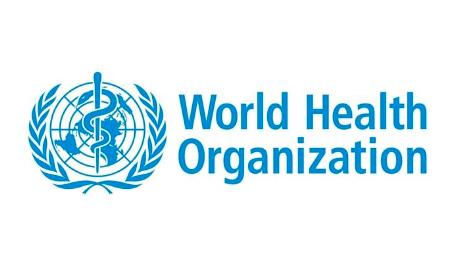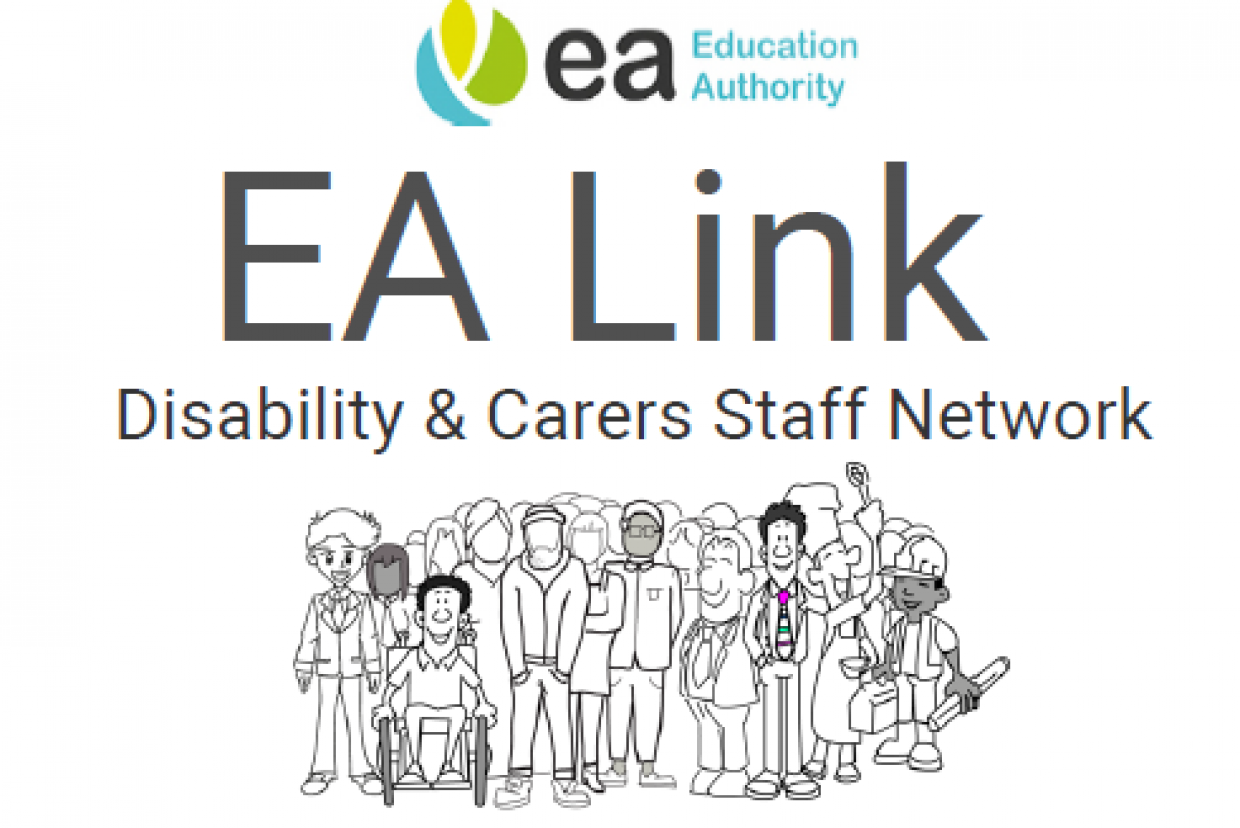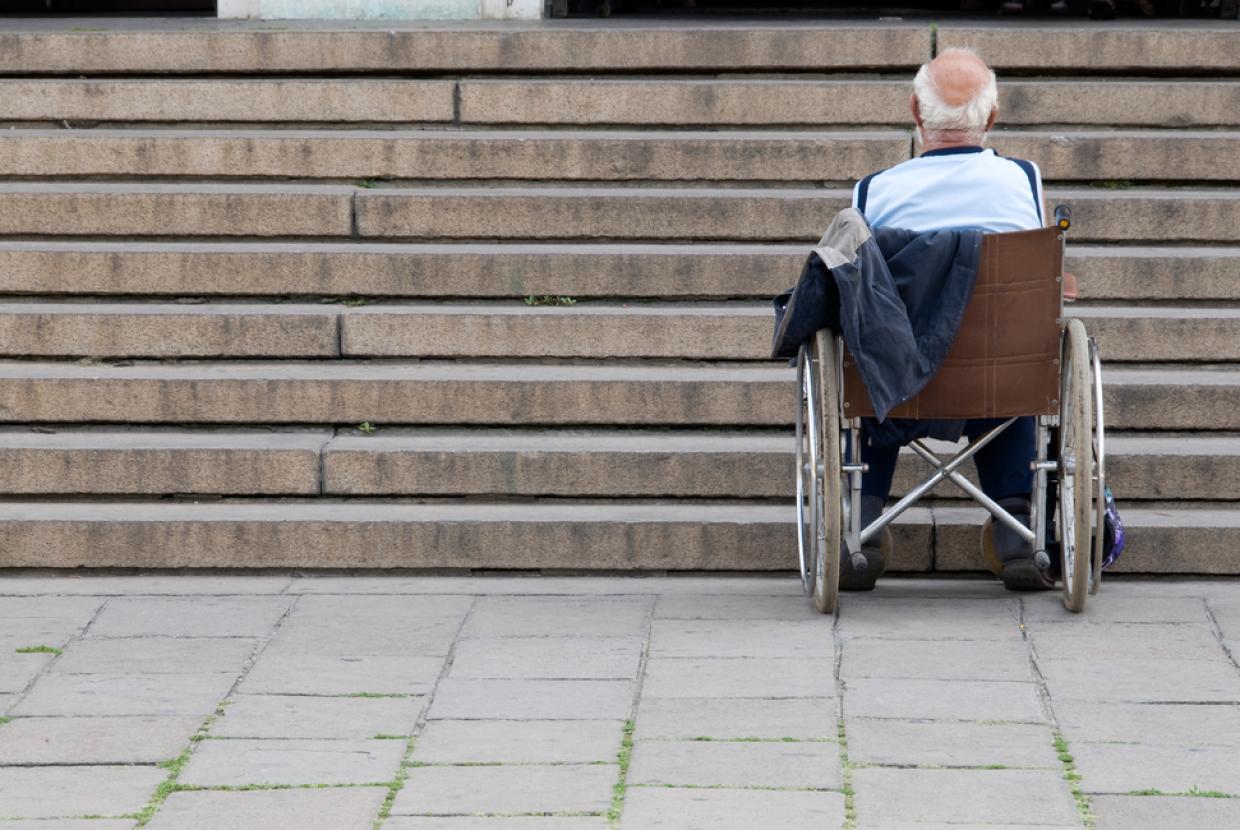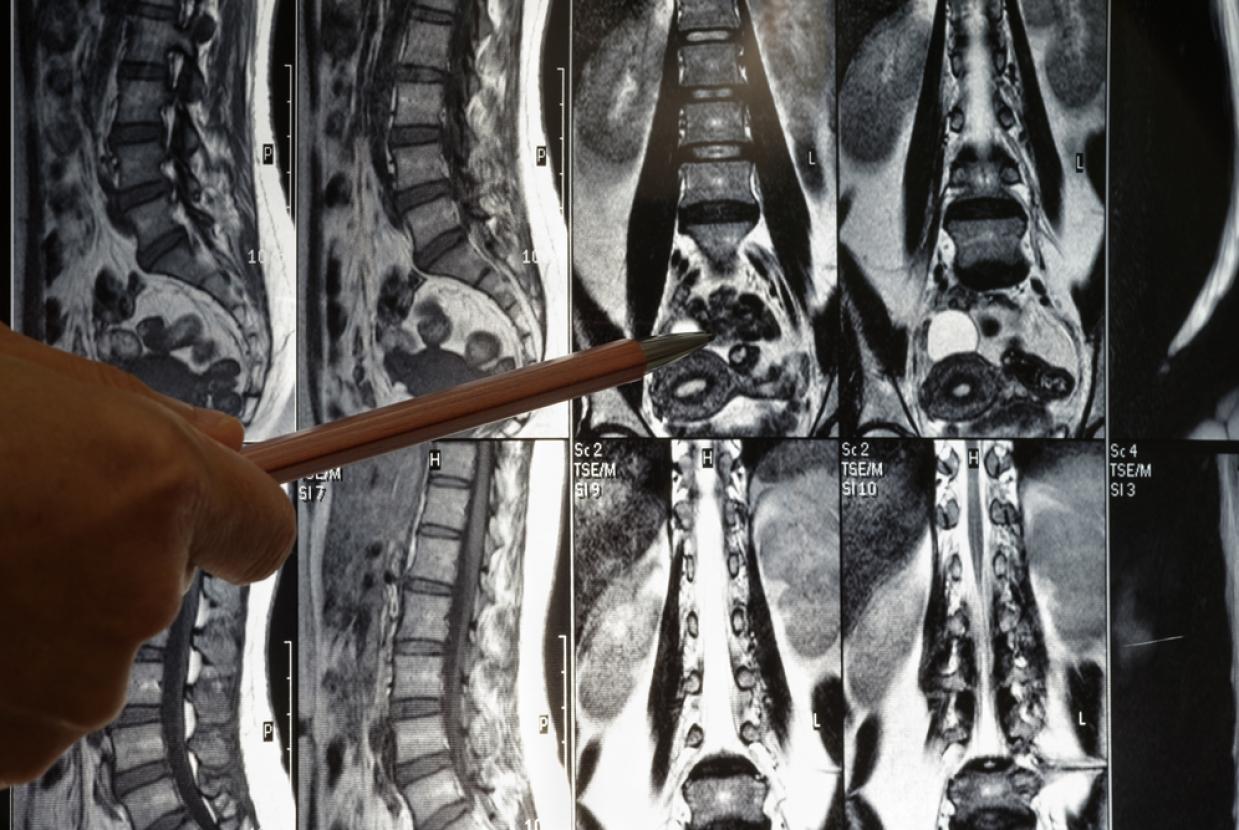Disability Overview
Around 15% of the global population – over a billion people – lives with some form of disability, of whom 2–4% experience significant difficulties in functioning. Many of these people require assistive technologies such as low-vision devices, wheelchairs or hearing aids. This number is expected to double to 2 billion by 2050.
Women are more likely to experience disability than men and older people more than young. Low- and middle-income countries have higher rates of disability than high-income countries, and the impact of disability on people in poorer areas is compounded by issues of accessibility and lack of health care services. Indigenous persons, internally displaced or stateless persons, refugees, migrants and prisoners with disability also face particular challenges in accessing services.
In recent years, the understanding of disability has moved away from a physical or medical perspective to one that takes into account a person’s physical, social and political context. Today, disability is understood to arise from the interaction between a person’s health condition or impairment and the multitude of influencing factors in their environment.
Great strides have been made to make the world more accessible for people living with disability; however, much more work is required to meet their needs.













